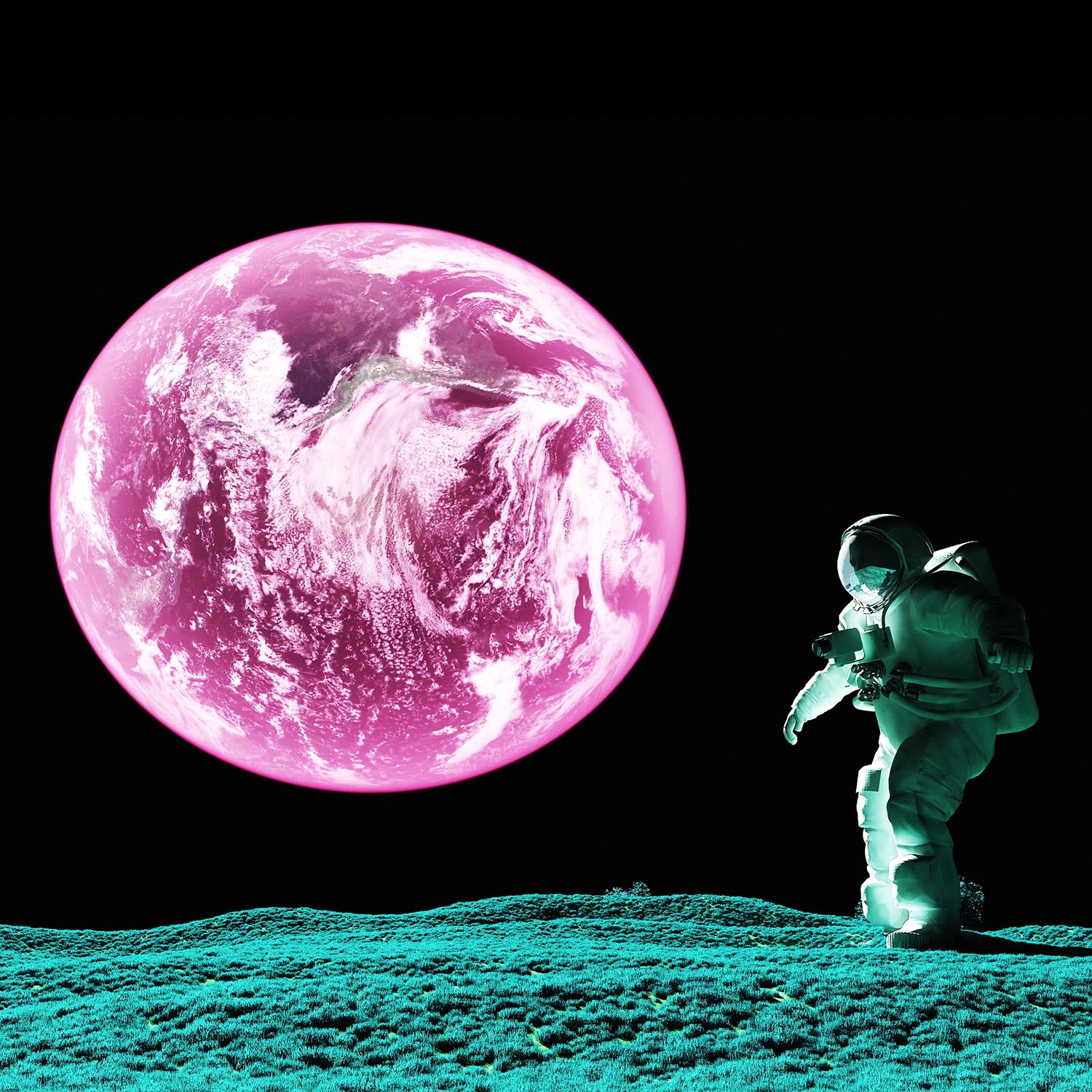
NASA’s MAVEN mission, or Mars Atmosphere and Volatile Evolution, has unearthed what influenced changes in Martian climate that made it go from perfectly able to sustain life to not being able to at all. The data collected has been able to show evidence to determine how much of the Martian atmosphere is losing gas to space. It turns out that solar winds from solar storms erode Mars’ atmosphere.

Mars has all the resources and geological requirements to sustain life, and understanding just how it became this cold and arid is a key mission for NASA. The agency hopes to learn what inspired these changes and what caused them. According to MAVEN measurements, the solar wind strips the Martian atmosphere of gas at a rate of about 100 grams every second, and the loss becomes more significant with time, especially in the solar storms hitting the red planet in 2015. Researchers speculate that the loss was even more significant when the sun was younger and more active.
At the rate that this solar storms are hitting Mars, it is likely that the planet’s atmosphere will be eroded to the point where it can never become habitable again, unless NASA devices a way to revert the effects of the solar winds.

















